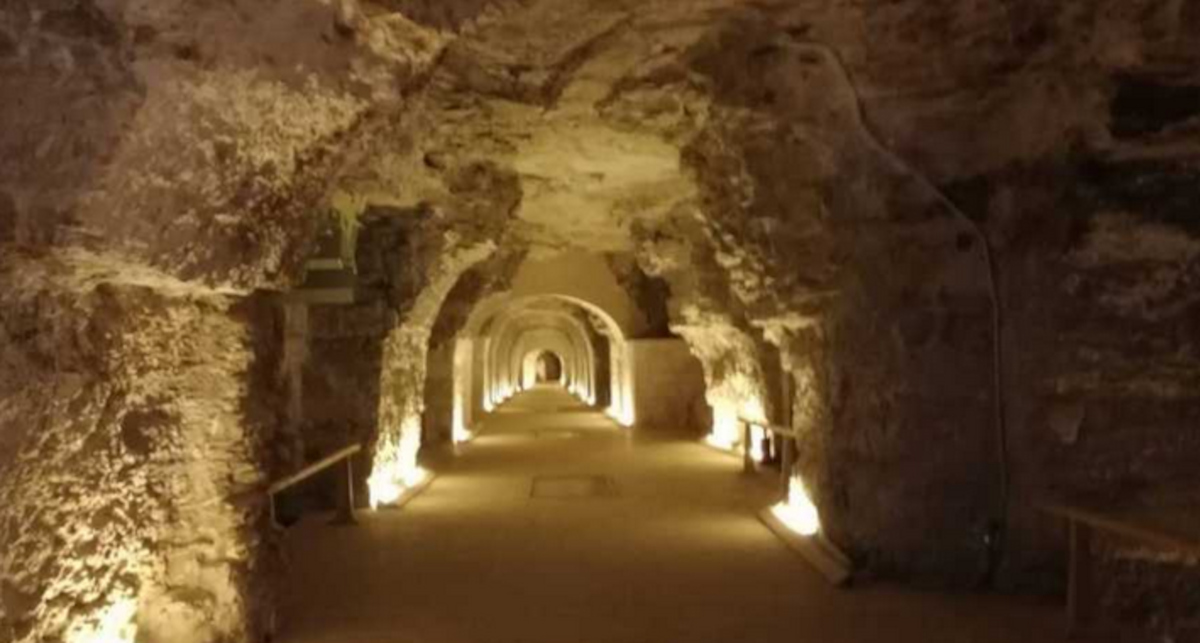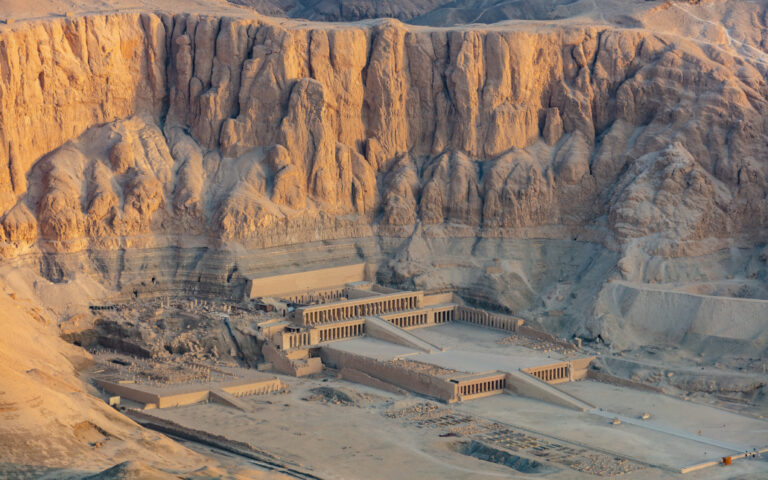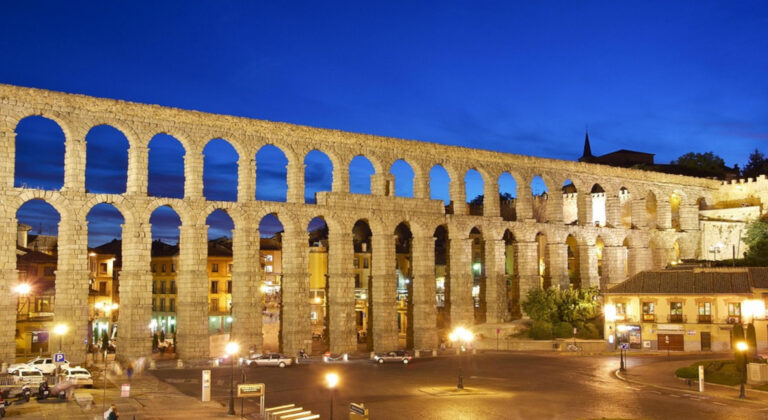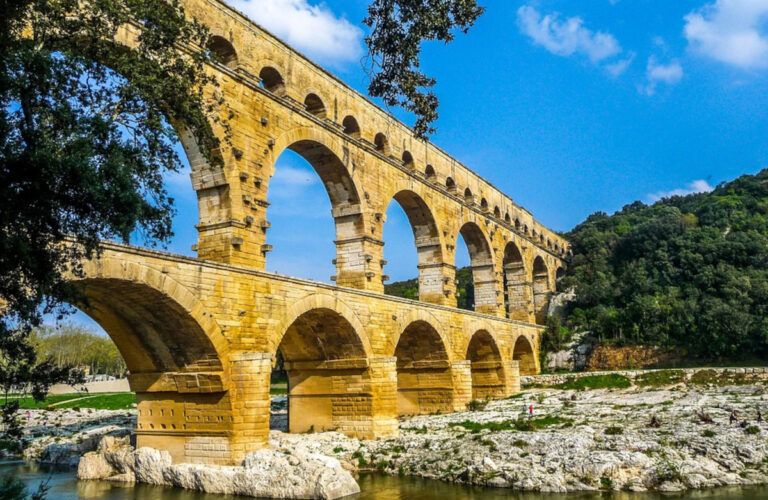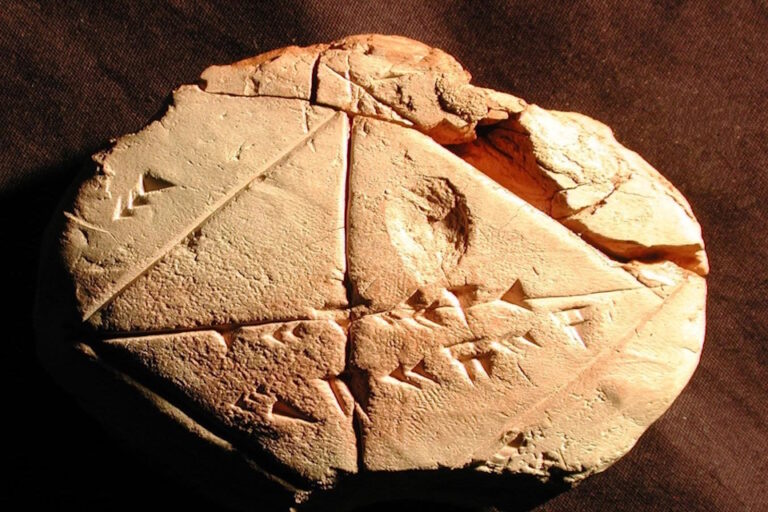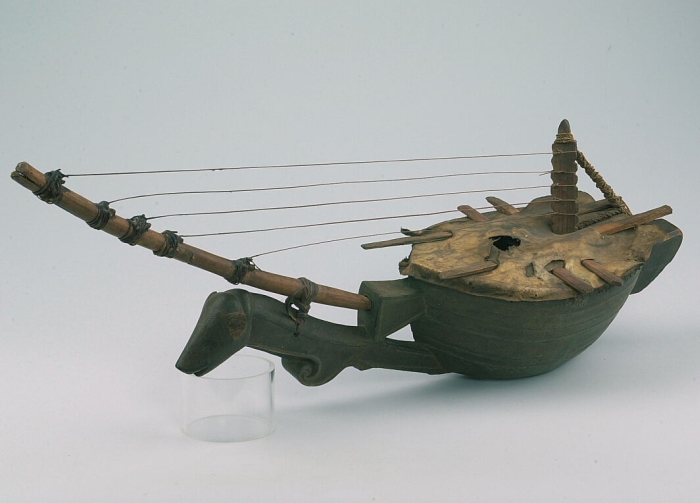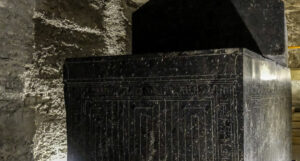The architecture of the Serapeum of Saqqara is one of its most striking features, showcasing the grandeur and sophistication of ancient Egyptian engineering, particularly in terms of tomb construction and religious architecture. The complex is a vast underground burial site, and its architectural design reflects the sacred nature of the burial rites for the Apis bulls, as well as the technical capabilities of the ancient Egyptians.
Overall Layout
The Serapeum is an extensive subterranean complex, which is primarily composed of a series of underground galleries, chambers, and corridors. These galleries are carefully arranged to house the massive sarcophagi of the Apis bulls, which were placed in individual tombs. The layout of the Serapeum is designed to guide visitors through the site in a ceremonial and almost ritualistic manner, with the space itself reinforcing the sacred nature of the bulls’ burials.
Entrance and Passageways
The entrance to the Serapeum is located at the northern edge of the Saqqara necropolis. This entrance leads down into the complex via a steep stairway that descends to the first underground gallery. The passageways that follow are narrow, dimly lit, and winding, emphasizing the mystery and sanctity of the site. The use of dark, enclosed spaces was likely intentional, as it helped create an atmosphere of reverence and otherworldliness.
The passageways are aligned along a straight axis and were carved into the natural bedrock, which speaks to the Egyptians’ mastery of underground construction.
These corridors are lined with massive stone blocks, many of which were cut with incredible precision, and some of them have been inscribed with hieroglyphs that provide insight into the rituals associated with the Apis bulls.
The Sarcophagi Chambers
The most impressive feature of the Serapeum is the large, underground chambers that house the granite sarcophagi of the sacred bulls. These chambers are vast, with high ceilings and walls that have been carved directly into the rock. The granite sarcophagi themselves are extraordinary, both in terms of their size and their construction:
Sarcophagi Dimensions: Some of the sarcophagi weigh over 70 tons and are made from a single block of red granite. Their dimensions are so large that it is difficult to comprehend how the ancient Egyptians managed to move and position them within the underground galleries.
Precision Engineering: The lids of the sarcophagi fit so precisely that it appears they were carved from a single piece of stone. The engineering precision required to create these sarcophagi is remarkable, and it suggests the use of advanced tools and techniques that are still not fully understood today.
Carved Faces and Hieroglyphs: Many of the sarcophagi have inscriptions, which are typically the names and titles of the bulls entombed inside. Some also feature depictions of the Apis bulls and scenes that illustrate the religious significance of these animals. The inscriptions helped to identify each Apis bull and its corresponding Pharaoh, linking the sacred animal to the royal family and the divine.
The Grand Gallery
The Grand Gallery, or Hall of the Bulls, is one of the most awe-inspiring parts of the Serapeum. It is a large, rectangular chamber that is lined with rows of these immense sarcophagi, and it serves as the main focal point of the complex. The walls of the gallery are carved directly into the bedrock, and the space is designed to hold multiple sarcophagi, with each one placed along the walls of the chamber.
Dimensions: The Hall of the Bulls is long and narrow, creating a dramatic visual impact as visitors walk through the space. The room has high ceilings, which give it a cavernous and awe-inspiring feeling.
Sculptural Elements: While the most notable sculptures in the Serapeum are the sarcophagi themselves, there are also reliefs on the walls that show the sacred rituals associated with the bulls and their burial. These reliefs reinforce the significance of the Apis bulls as living manifestations of the god Ptah and emphasize the religious importance of the Serapeum as a burial site.
The Construction of the Sarcophagi
The construction of the sarcophagi at the Serapeum is one of the most fascinating aspects of the site. The enormous size and weight of the sarcophagi, along with the precision of their construction, have been the subject of much scholarly debate. Some key architectural features of the sarcophagi include:
Granite Material: The sarcophagi are carved from blocks of red granite, which was quarried from Aswan, more than 800 kilometers (about 500 miles) away from Saqqara. This requires not only an extraordinary amount of effort to transport the blocks but also advanced techniques to carve and shape the granite.
Transport and Placement: It is still unclear exactly how the ancient Egyptians managed to transport and position such enormous sarcophagi inside the underground tombs. Theories range from the use of wooden sledges and ramps to more sophisticated techniques that may have involved lifting mechanisms or counterweights.
Symbolism and Religious Purpose
The architectural design of the Serapeum is deeply intertwined with its religious function. The site was specifically designed to honor the sacred Apis bulls, which were believed to embody the essence of the god Ptah. The massive scale of the complex and the monumental nature of the sarcophagi were intended to reflect the bulls’ divine status.
The underground nature of the complex may have been symbolic, as it linked the bulls to the afterlife. The bulls were believed to serve as intermediaries between the gods and the living, and the underground burial site may have reinforced this connection to the underworld.
The design also reflects the highly organized nature of Egyptian religious practices. Each Apis bull was carefully mummified and placed in a tomb that reflected its sacred status, emphasizing the Egyptians’ reverence for these animals and their belief in the continuity of the divine through death.
Innovations in Architecture
The construction of the Serapeum also highlights the Egyptians’ remarkable architectural innovation:
Use of Massive Stone Blocks: The Serapeum is a testament to the Egyptians’ ability to quarry, transport, and work with massive stone blocks, particularly granite. This capability is evident in both the sarcophagi and the structural elements of the underground chambers.
Precision Carving and Tool Use: The precision with which the tombs and sarcophagi were carved suggests the use of specialized tools and techniques. Some scholars believe that the ancient Egyptians may have used copper saws, abrasives, and other tools to carve the granite, though the exact methods remain a subject of debate.
Conclusion
The architecture of the Serapeum is a masterpiece of ancient Egyptian engineering and religious design. It combines both functionality and grandeur to create a space that honors the divine bulls of Ptah in a way that reflects their importance to the Egyptian people. The scale, precision, and symbolism of the site continue to amaze historians, archaeologists, and visitors alike.
